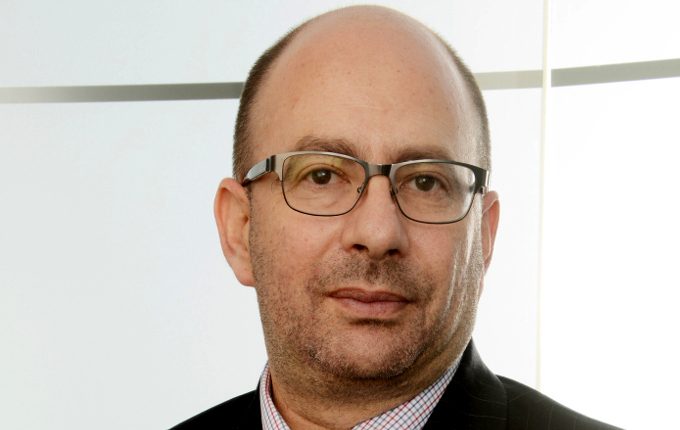On Monday 6 February 2018, the Dow Jones Index closed 4.6 per cent lower than the Friday before. It marked the largest market drop in the United States in more than eight years, sparked by concerns over potentially rising inflation and further rate increases by central banks.
The shocked reaction of market participants to the higher-than-expected growth in US wages showed investors felt jittery about the stellar rise of the stock market in recent years and were fearing a correction.
Historically, the obvious place to hide during a correction in listed markets was in bonds. This is because bonds generally rise in price when equity prices fall.
However, given current low yields and the outlook of rising interest rates, this isn’t the obvious choice today, especially as the historical negative correlation between bonds and equities may not hold.
Yes, bonds offer protection, but also can detract from returns. Essentially, bonds offer safety but not necessarily true diversification.
Yet, finding strategies that truly diversify from equities is extremely hard, Michael Block, Chief Investment Officer of the Australian Catholic Superannuation & Retirement Fund, says in an interview with [i3] Insights.
“Diversification is good, clearly, but what assets will actually properly diversify you from equity risk?” Block says.
“The holy grail is to find assets that are truly uncorrelated to equities, yet that still make a similar return to equities, say 8 per cent to 10 per cent per annum.”
“Holding an asset that is negatively correlated to equities is not that useful as a diversifier as it is not unlike just reducing equities exposure,” he says.

Holding an asset that is negatively correlated to equities is not that useful as a diversifier as it is not unlike just reducing equities exposure
Yet many things that appear uncorrelated during certain periods can have their real correlation masked or are flukes with little prospect of repetition.
“Unlisted assets often look like they are uncorrelated, but when a crisis really sets in, you realise that they are not uncorrelated at all,” Block says.
Partly this is due to the lag often found in the reporting of unlisted asset valuations, which creates the impression of low volatility and stable uncorrelated returns, but this effect can quickly fall apart in a true crisis.
“And spurious diversification is just not worth pursuing,” Block says.
Part of the difficulty in finding true sources of diversification is that most asset classes contain some elements of debt or equity, or a combination of both, he says.
“You can literally create a similar return from some infrastructure assets by combining inflation-linked bonds and credit. Most assets are just some combination of equity risk, term premium and credit,” he says.
The only strategies he is sure that offer some form of diversification are trend-following and insurance-linked strategies.
“Clearly, trend works,” he says.
“The English did a 100-year study and found that the strategy adds value and is not correlated to equities. The French had to do better than the English and did a 200-year study and also found similarly.
“We have trend-following strategies in our portfolio and it has helped us hugely in times of dislocation; one trend manager made 10 per cent on the day of Brexit. That is 10 per cent on one day alone, whilst most everything else went negative.”

Most assets are just some combination of equity risk, term premium and credit
But because trend-following strategies can behave very differently from equity markets, their performance can detract during times where equities do very well and trend strategies diverge. If you operate in a peer-sensitive environment, this creates certain business risks.
“For example, in 2016/17 trend behaved very differently than equities, reducing portfolio returns and creating a tracking error compared to other funds,” Block says.
This characteristic can limit the amount of trend-following strategies that a fund might place in a balanced fund.
Insurance-related strategies are interesting because they are linked to incidents isolated from financial markets.
“Let’s use the most common example: catastrophe bonds. I’m pretty sure that whatever determines the weather is not paying attention to financial markets. So at first glance it may make sense to use such instruments as a diversifier,” Block says.

I don’t think catastrophes are correlated to markets, but the way they are priced might be
And yet, he does not yet include them in his portfolio.
“I don’t think catastrophes are correlated to markets, but the way they are priced might be,” he says.
“When bond yields are very low, catastrophe yields go down just the same. And when we are in a bond bubble, catastrophe bonds can offer bubble-like low returns.
“So buying a really expensive catastrophe bond if one expects bond yields to rise doesn’t make a lot of sense as a strategy right now.”
Are we faced with a situation where there might be nowhere to hide during an equity downturn?
“Pretty much,” Block says.
“The only thing that rises in a crisis are correlations and my blood pressure,” he chuckles.
But to a degree it is a matter of taking a longer time horizon and coping with volatility in the short term if possible. “Remember, volatility also creates opportunities,” Block says
Notwithstanding high equity prices and likely lower future returns, he says he still expects equities will beat bonds over a 10-year time frame.
“But it could be a very volatile ride for risk assets,” he says.
__________
[i3] Insights is the official educational bulletin of the Investment Innovation Institute [i3]. It covers major trends and innovations in institutional investing, providing independent and thought-provoking content about pension funds, insurance companies and sovereign wealth funds across the globe.

